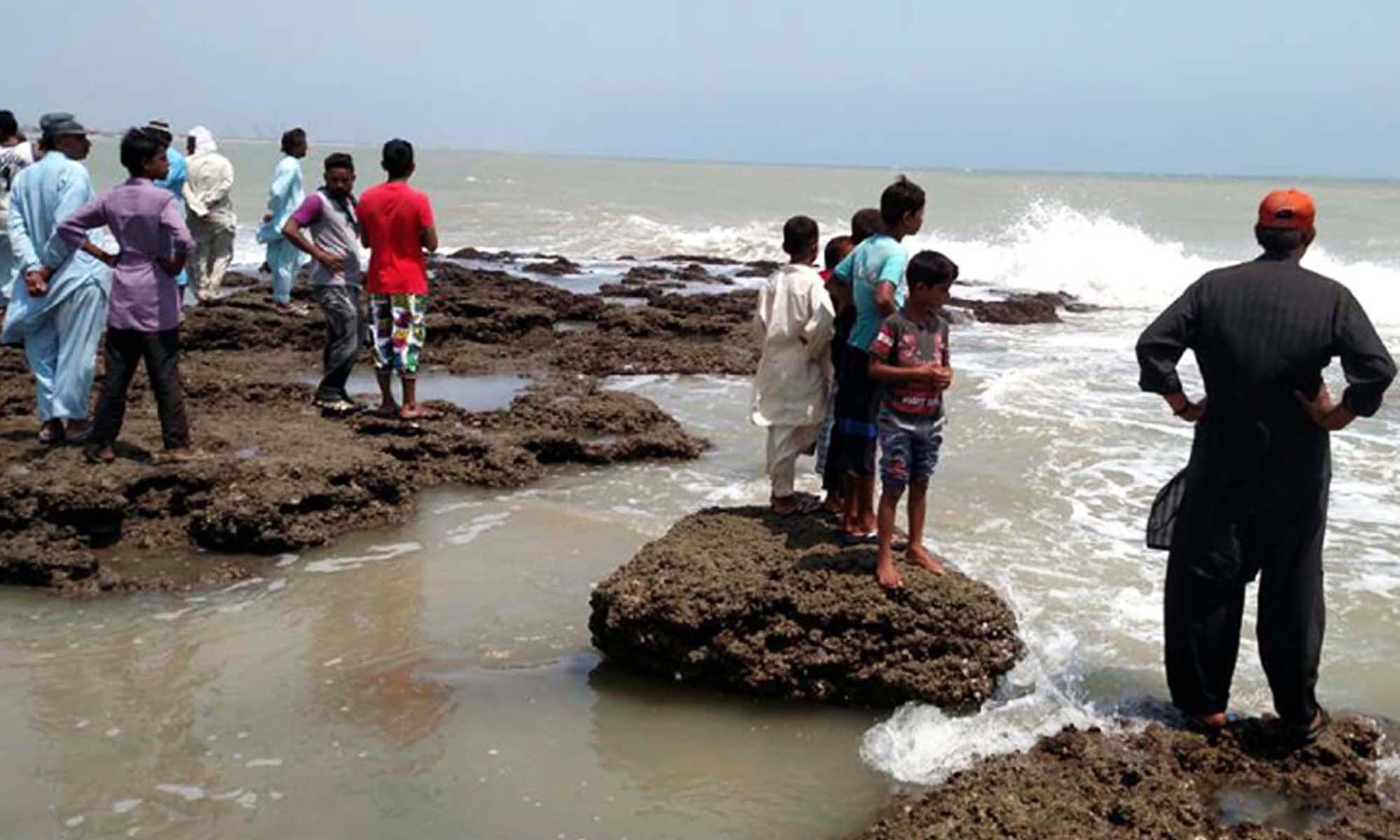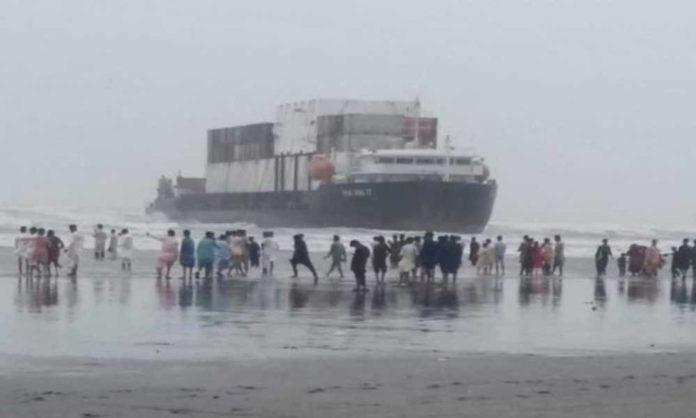Nowadays, it’s common to hear about potentially dangerous situations or warnings in the news. There seems to be no scarcity of possible catastrophes, including man-made ones like terrorist strikes and threats as well as natural ones like storms and earthquakes. And yet, despite the dangers and cautions, a lot of individuals appear to handle these risks lightly and as if they were going on a picnic. What gives, though? Why do people make a picnic out of any hazardous situation or warning?

People’s tendency to overestimate risk could be one factor. Those who experience this phenomenon, also known as “optimism bias”, in their thinking tend to believe that bad things will happen to others more frequently than they will to themselves. When a hurricane warning is issued, for instance, many Pakistani people may believe that the storm won’t actually hit their location or that the damage won’t be as bad as expected and gather at Seaview. This bias may influence people to take risks they otherwise wouldn’t, such as ignoring hurricane warnings or not staying indoors when they should be.
A very recent incident proves this theory. Just a few days ago, a wild leopard ran loose and made its way into a very habituated neighborhood in Islamabad DHA Phase 2. Instead of people staying indoors ad handling the situation calmly, they came out to make videos and “enjoy”. Here have a look.
Finally cheetah pakra gya 🙏🏾#dha2 #leopard #Islamabad #wildlife #IslamabadPolice #dhasecurity #Cheetah. pic.twitter.com/2v7dwSLaaw
— Ali Shafaat (@AliShafaat001) February 16, 2023
Many TikTokers also made their way to the scene to make videos and content like it was a field trip to the safari.
Going to #Zaman_Park #ParvezLeaks #Leopard #Meerasim #TikTok #Lahore #dha2 pic.twitter.com/4ICcHNG0PQ
— IRFAN NIAZI (@niazi_cake) February 17, 2023
Another theory is that individuals may have grown numb to danger. We are continuously inundated with information about hazardous occurrences and warnings because of the 24-hour news cycle and social media. With repeated exposure, we may eventually grow numb to the risks and dangers all around us. Also, it could be challenging to tell the difference between genuine threats and sensationalized news reports. Because of this, warnings could not be taken as seriously as they ought to be, with people treating them more like a picnic than a serious problem.
It’s also likely that as a coping tactic, people make risky situations into picnics. People may use humor or other coping methods to ease their fear and anxiety when faced with extreme danger or uncertainty. For instance, people may laugh about or engage in amusing pursuits to take their minds off the gravity of the circumstance. While doing so can help you cope, it can also make you complacent and prevent you from taking the proper safety measures. Pakistani are the most creative when it comes to making memes about anything or any situation for example this.
guys don't worry I've caught the leopard roaming in DHA 2 now pic.twitter.com/UD9RxzpF6J
— f (@whathefahad) February 16, 2023
When the dollar is sky high and petrol is increasing daily & then you get out of home and see a leopard running toward you ..#dha2 #Leopard pic.twitter.com/aRBTjjXlVp
— Assad Bajwa (@oyebajwey) February 16, 2023
Finally, it’s important to think about how society and culture influence the way we perceive threats. People may take risks and disregard warnings when there is a stronger emphasis on individualism and personal freedom in particular societies. Some cultures might have a higher sense of belonging and obligation, which might encourage more watchful and proactive action. Through the messages we receive from the media, advertising, and other sources, society can also influence our opinions. It makes sense that some people could regard risky situations as a picnic if we are continually inundated with messages that prioritize pleasure and excitement over prudence and safety.

To sum up, there are a variety of reasons why people choose to convert dangerous situations and warnings into picnics. Whatever the cause—optimism bias, desensitization, coping strategies, or cultural and societal attitudes—it is obvious that a complex interplay of psychological, social, and environmental elements influences how we perceive risk. While it’s critical to keep things in perspective and avoid letting fear dictate our behavior, it’s equally necessary that we heed warnings seriously and make every effort to be prepared for the worst. By doing this, we can reduce the risks and effects of harmful situations and maintain the safety of our communities and ourselves.
What do you think? Let us know in the comments below.
Stay tuned to Brandsynario for more news and updates.












































